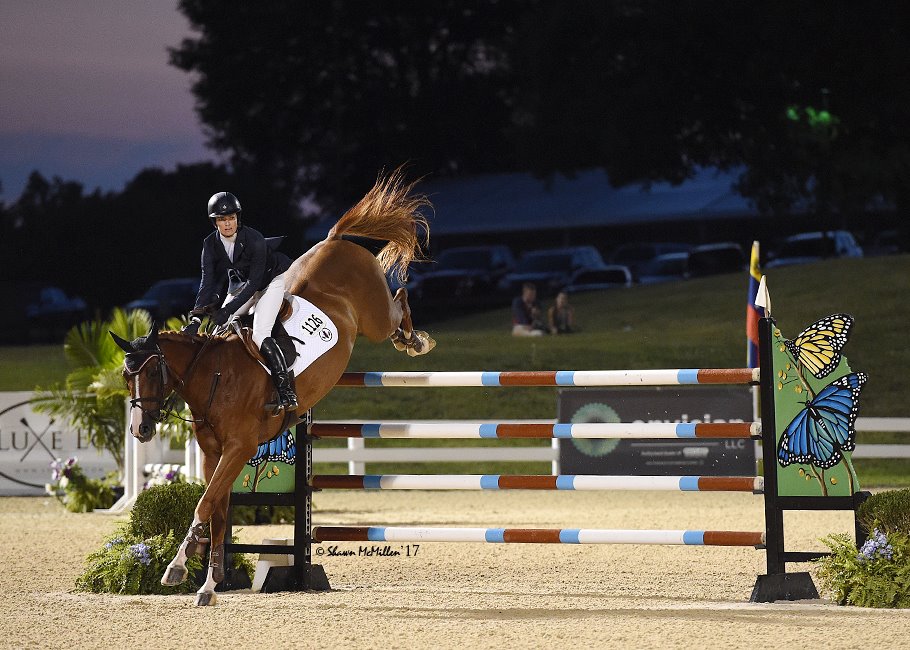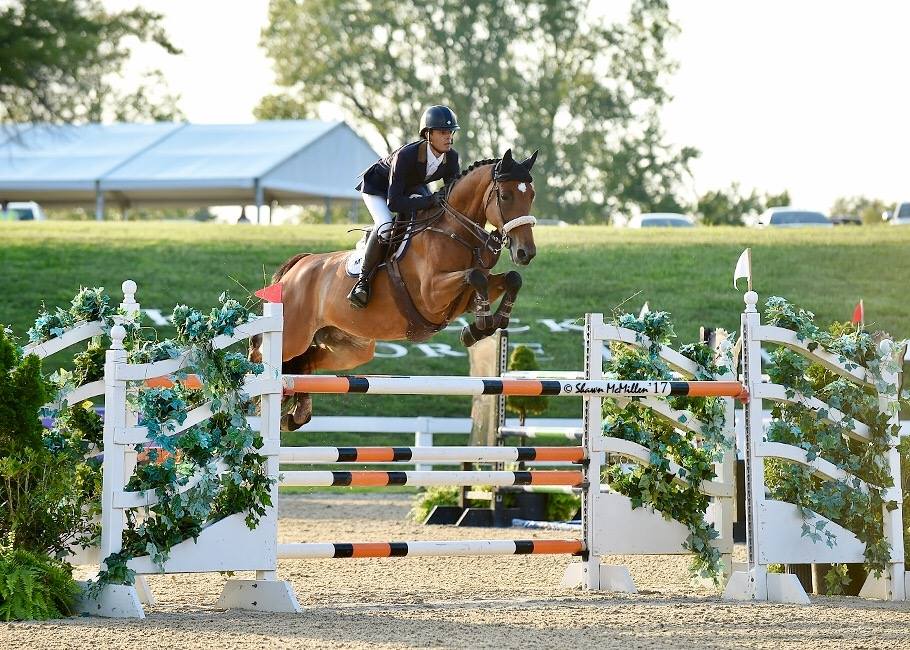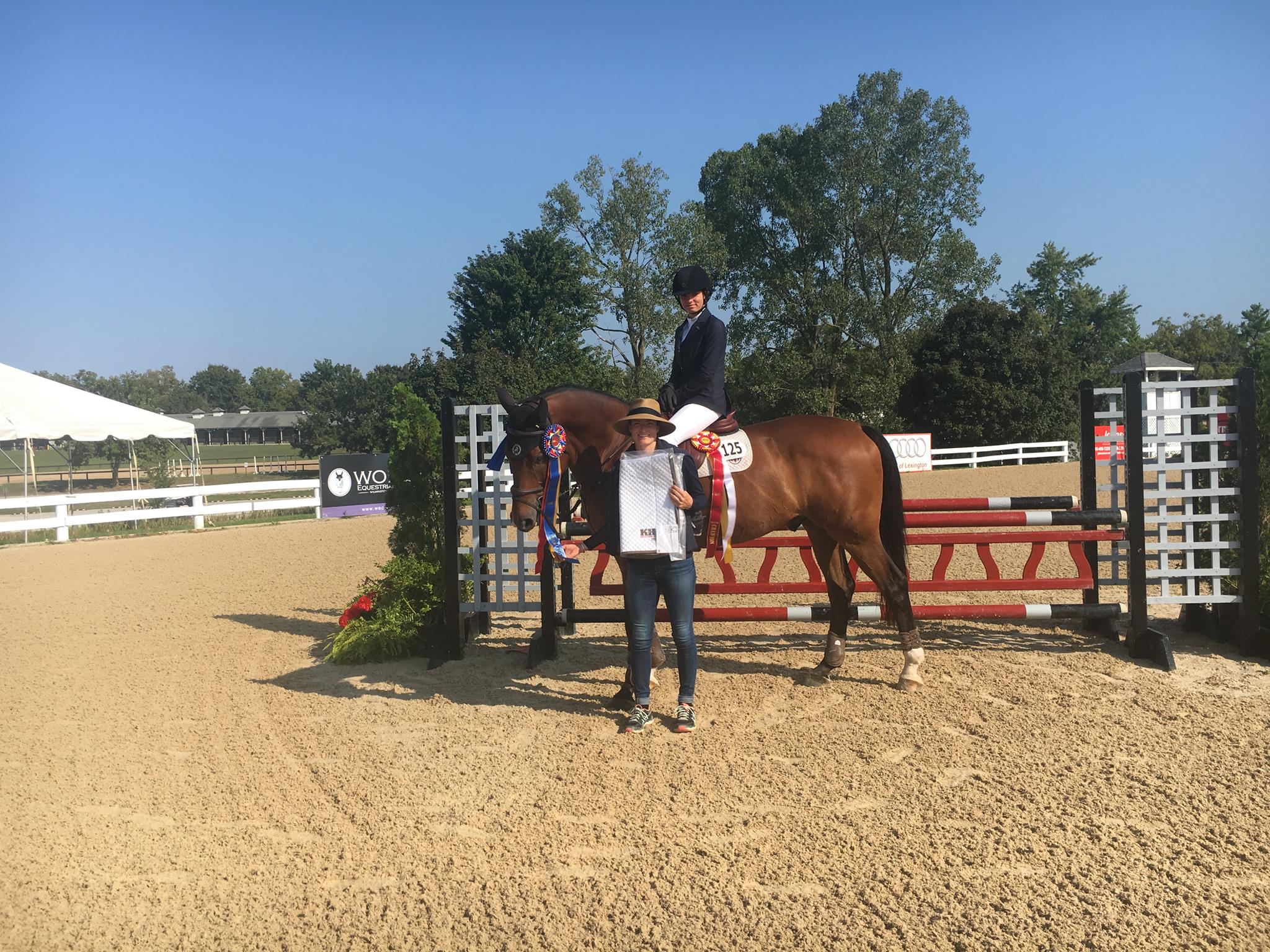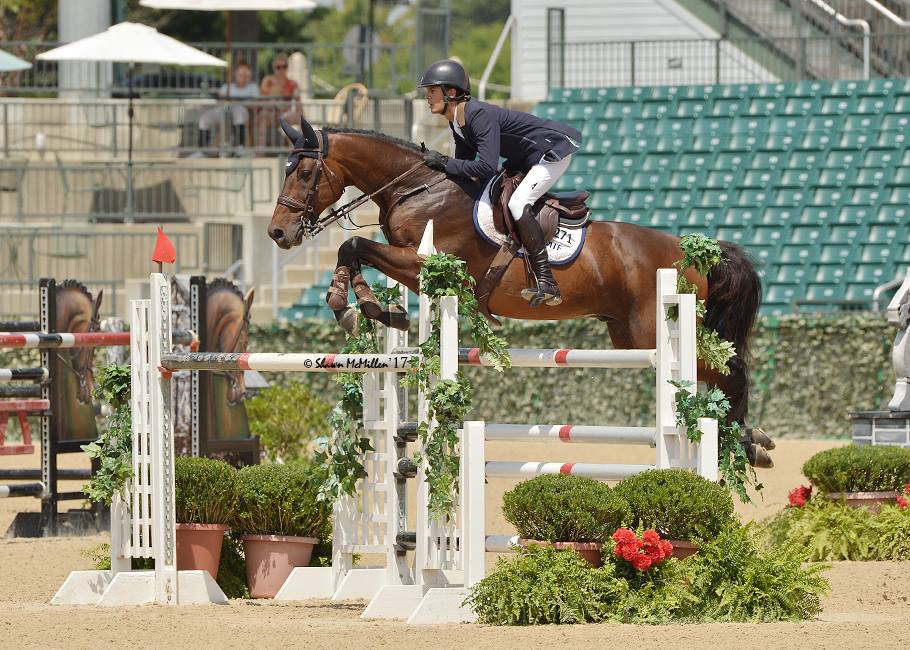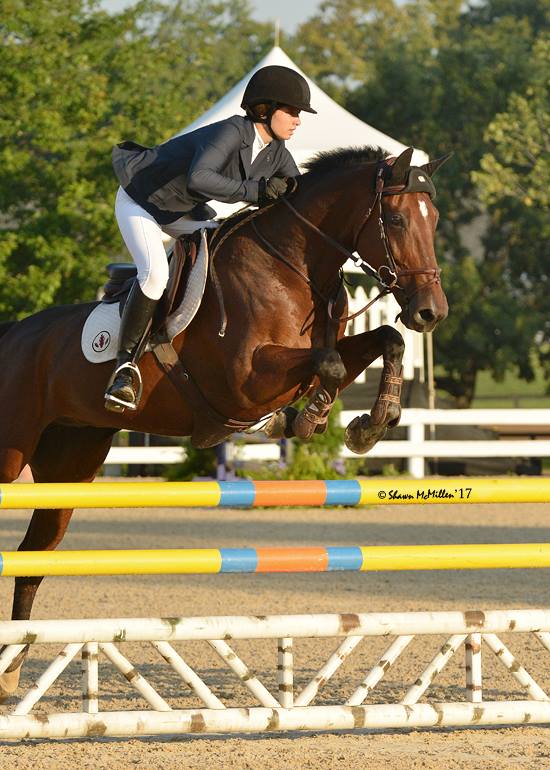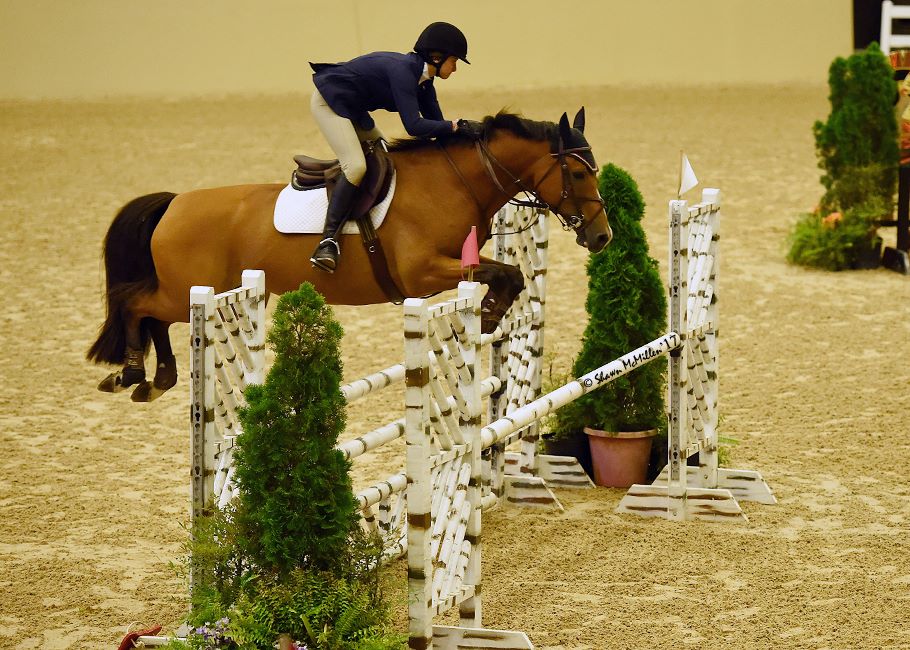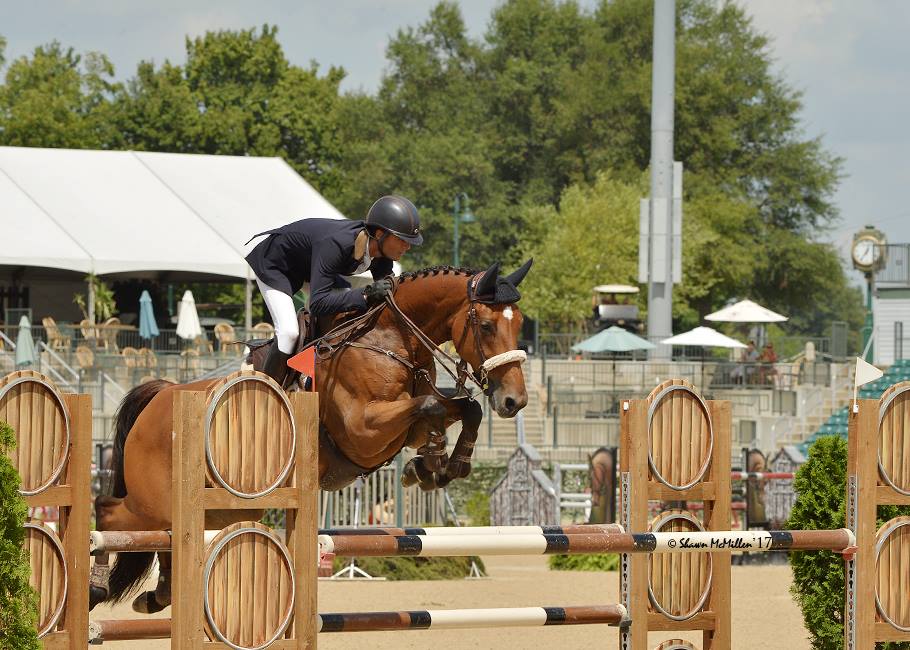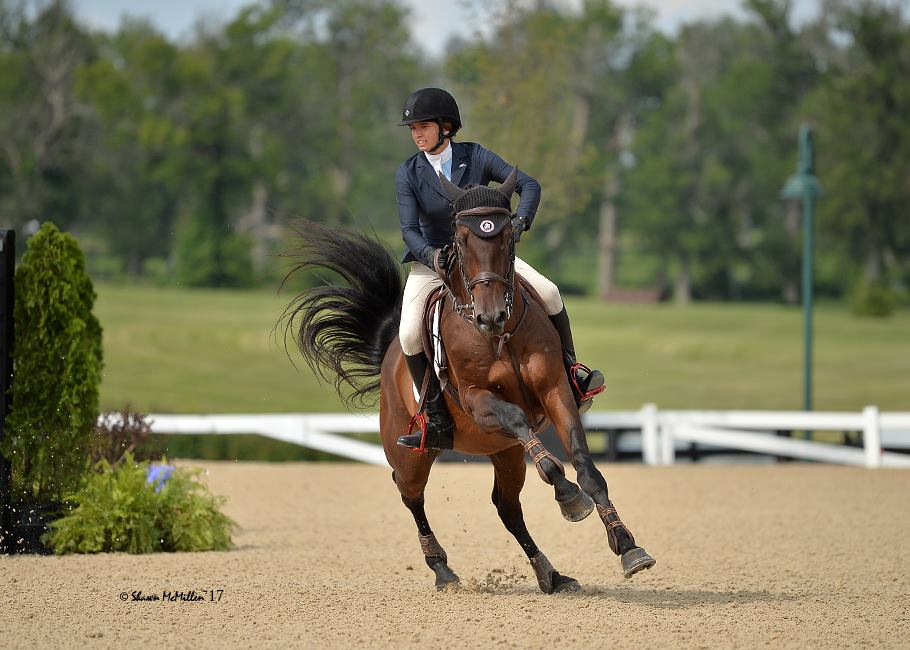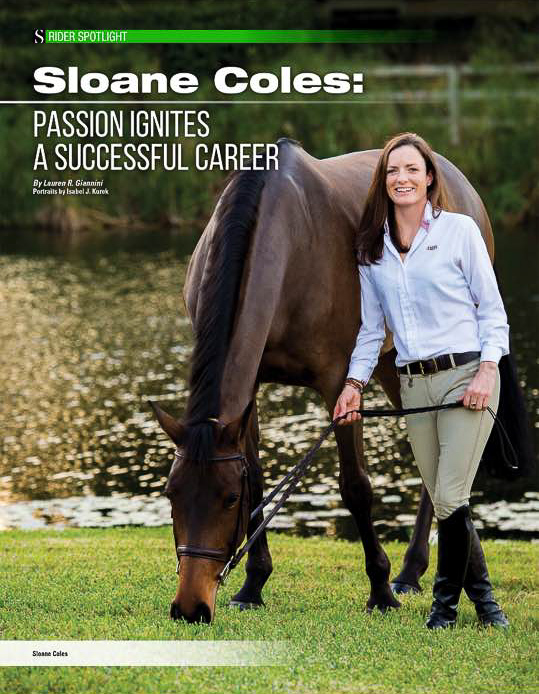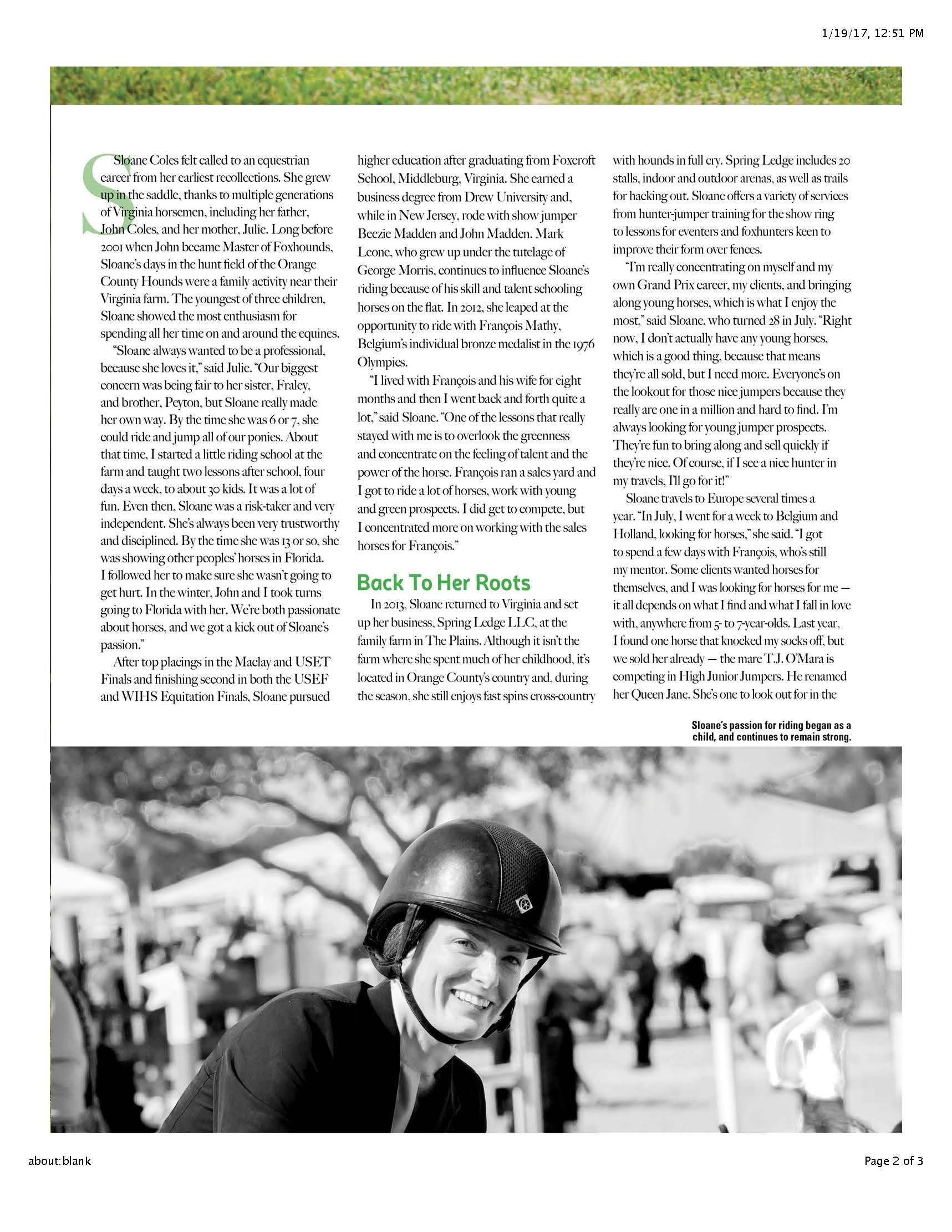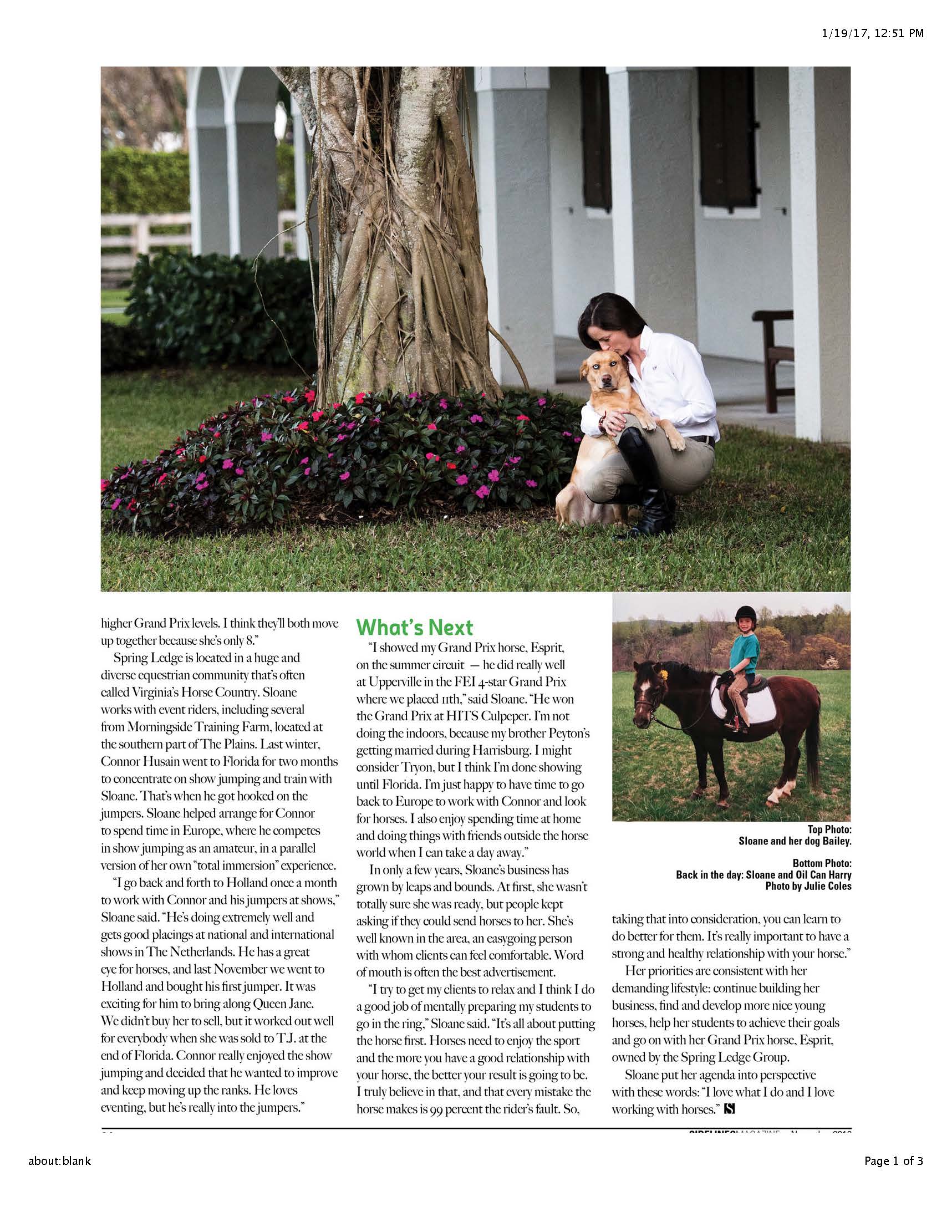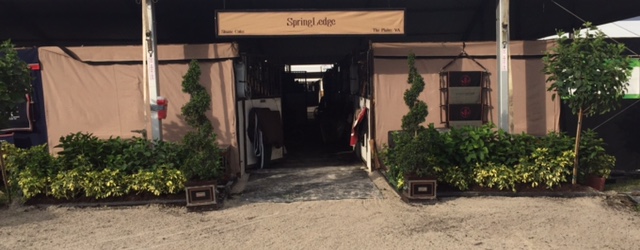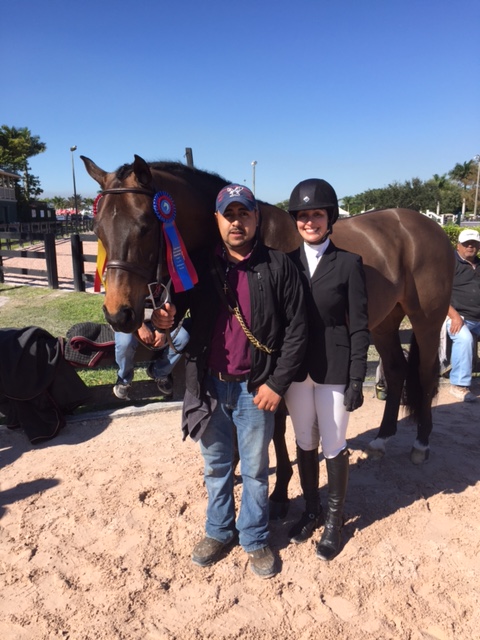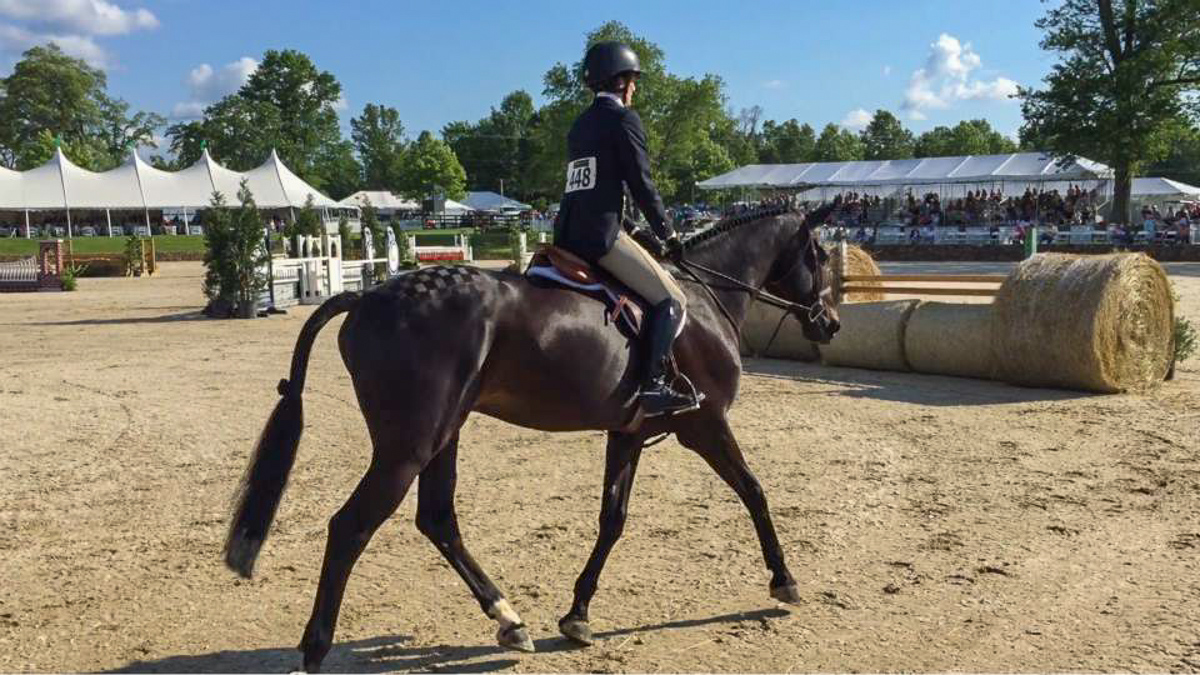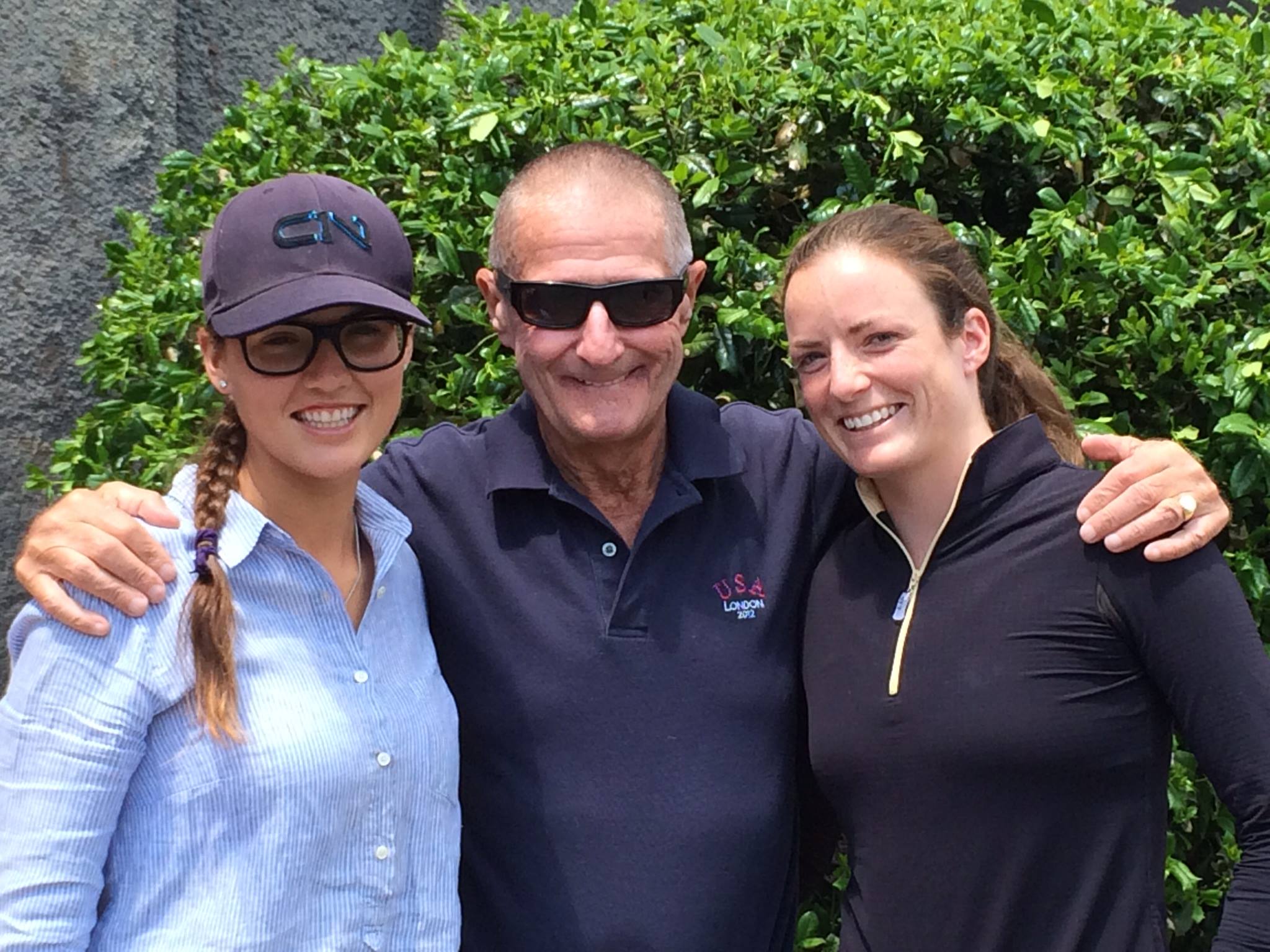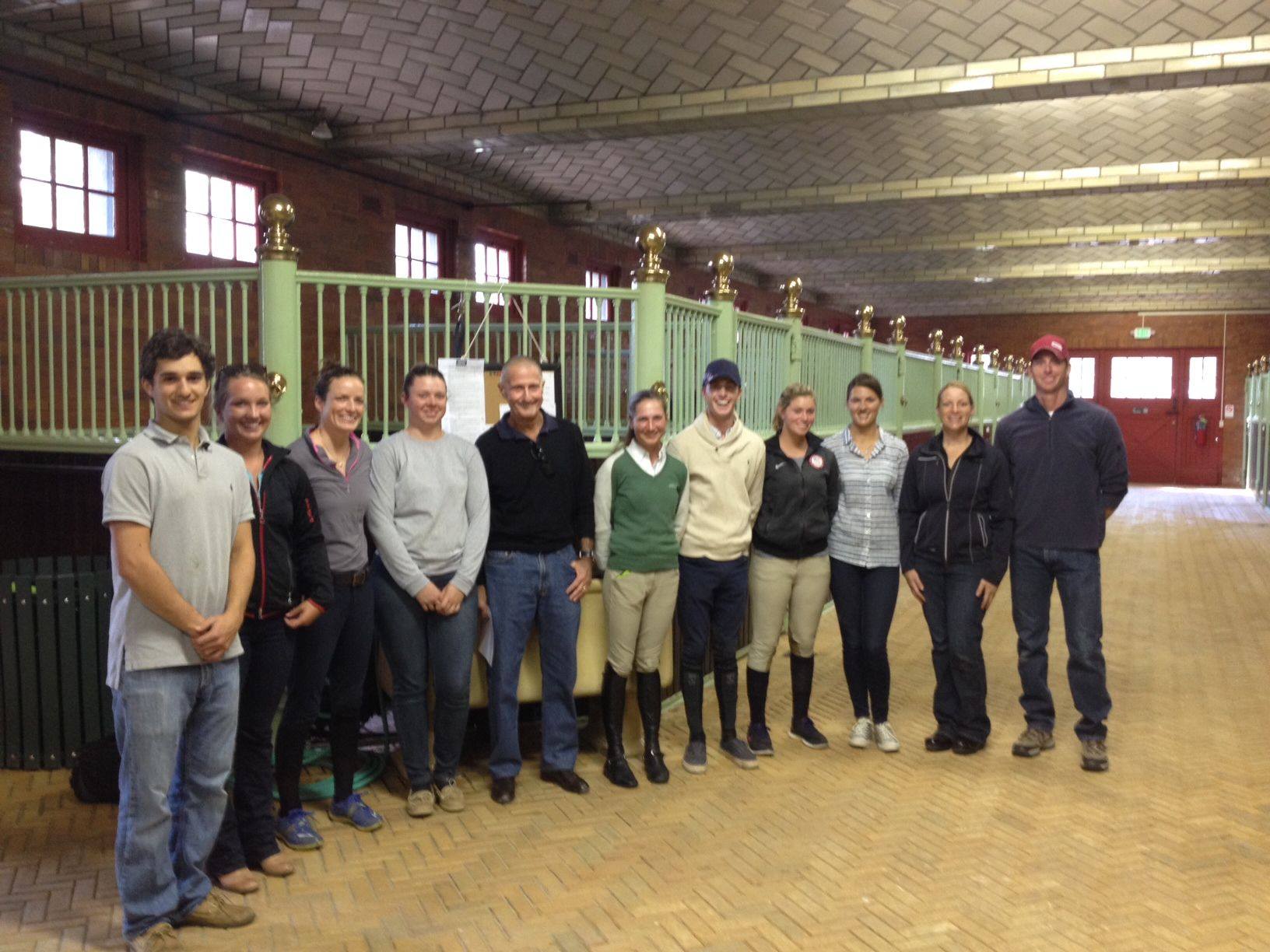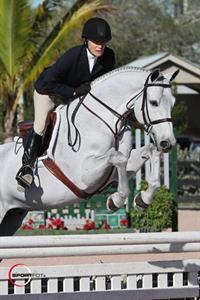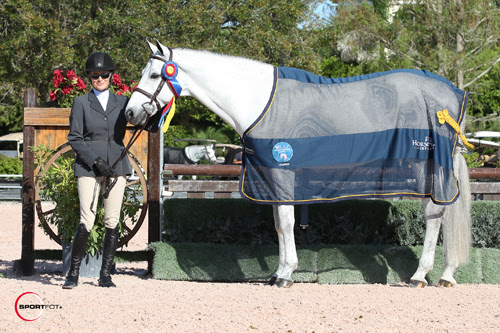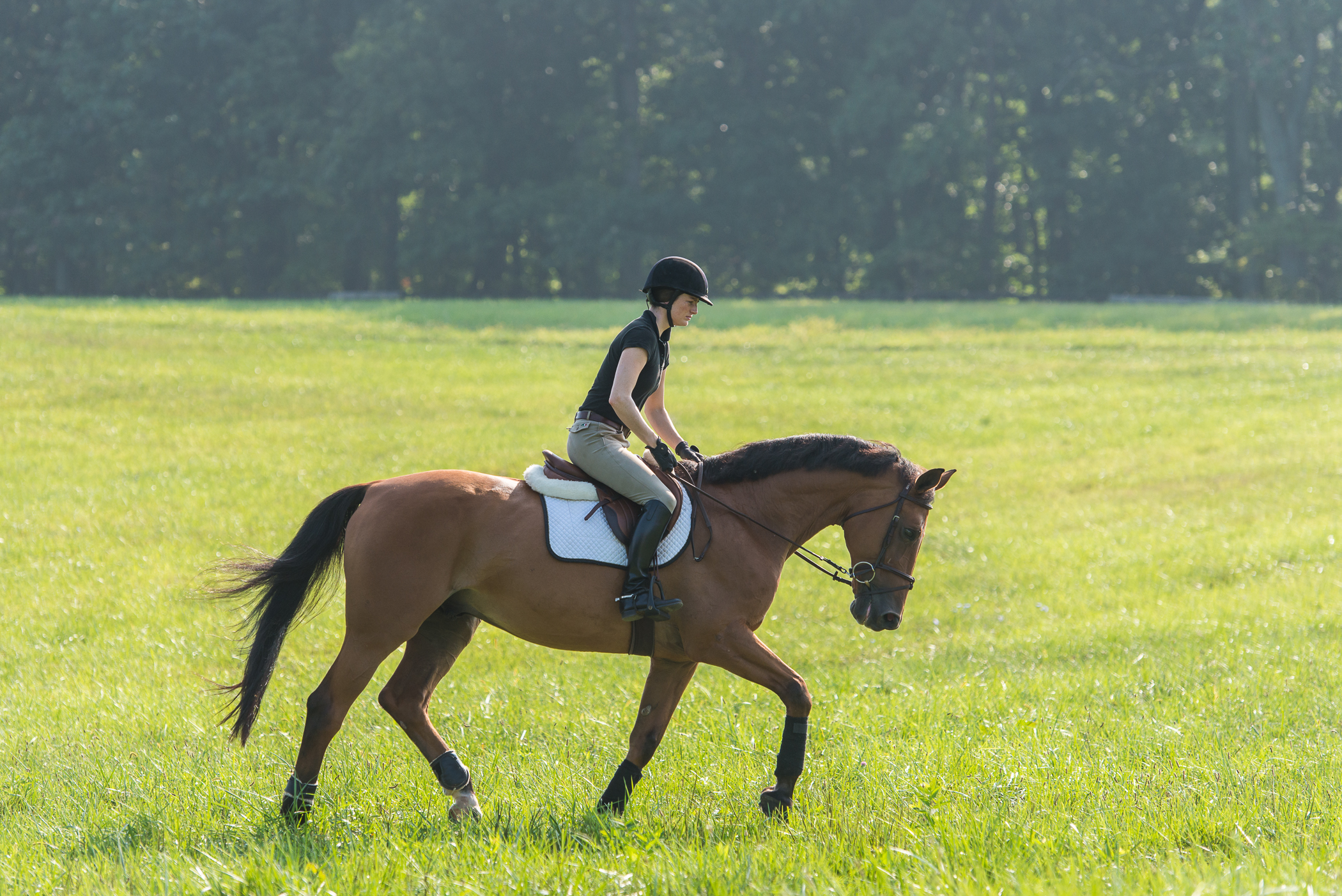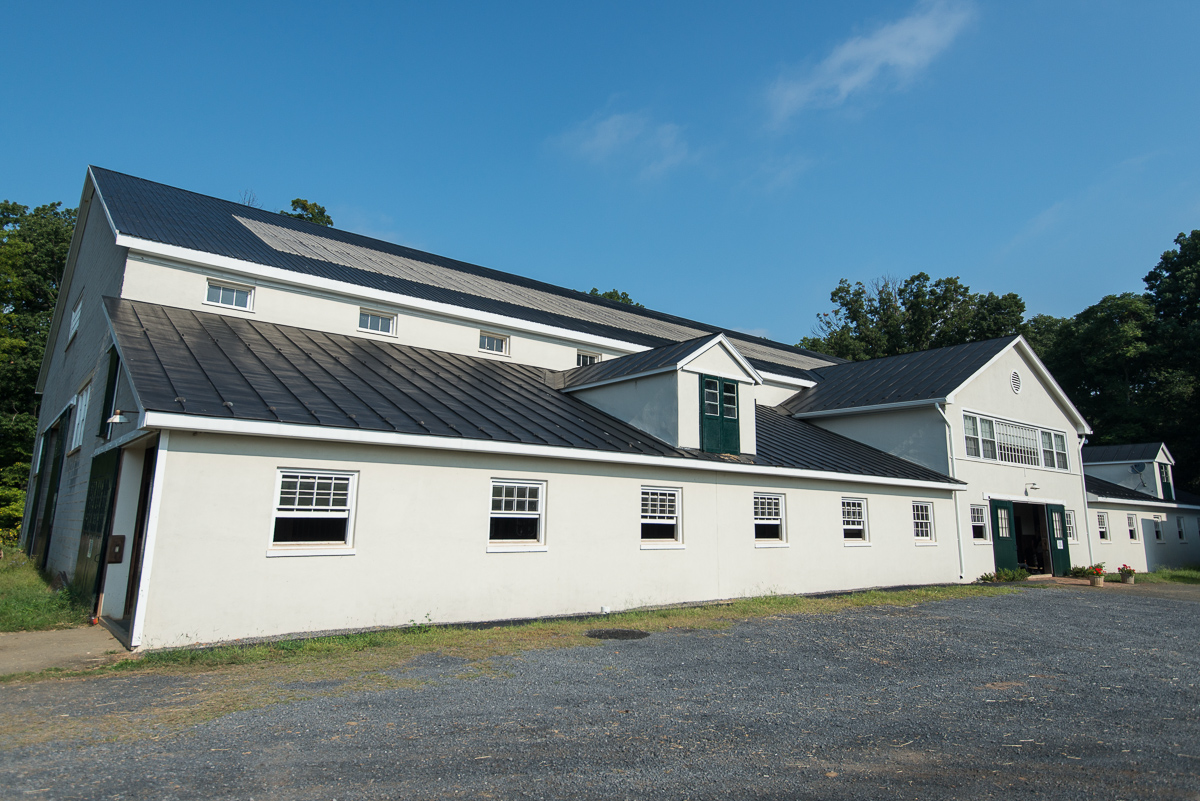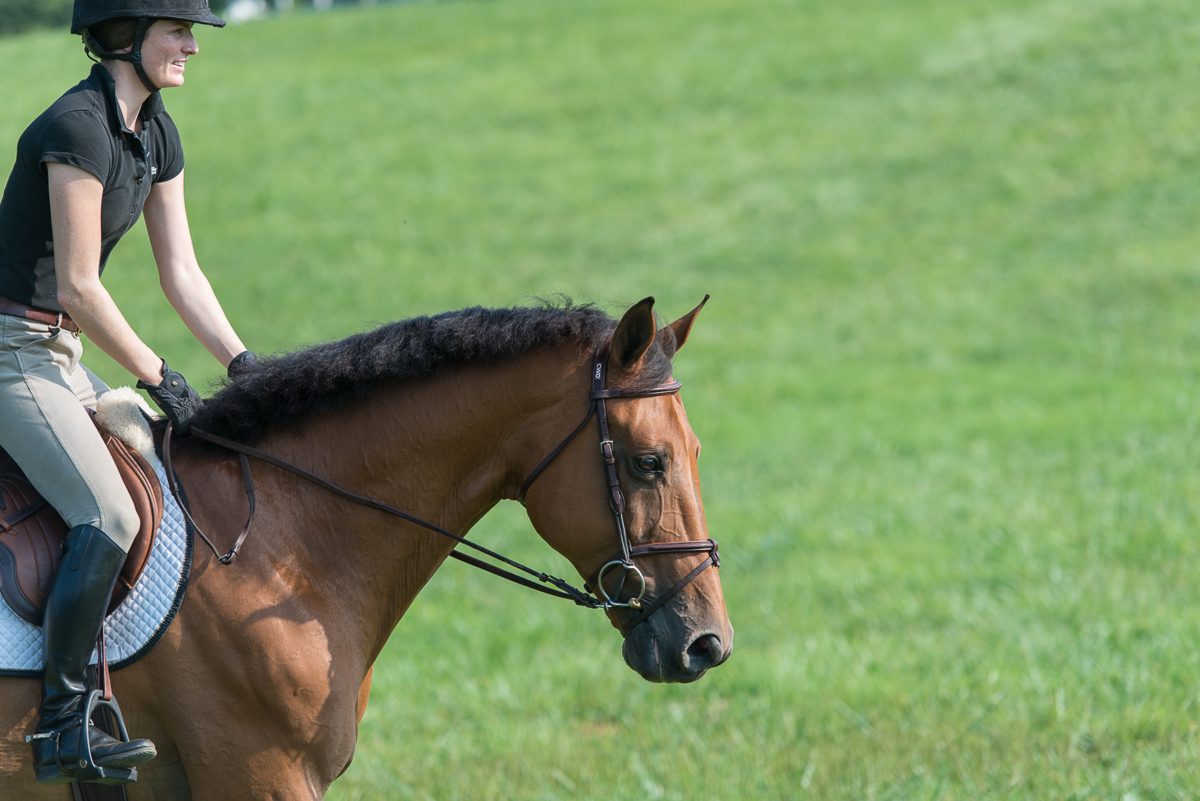
Sloane Coles grew up in a horse-crazy girl’s fairytale.
Akin to the protagonists in stories like National Velvet and Flicka, she got her start on the back of a plucky pony trailing her parents in the hunt fields of Virginia. Her father, John, is a joint Master of the Orange County Hounds in The Plains, VA, and her mother, Julie, ran a riding school for a time and has competed at hunter/jumper events throughout her life.
“I don’t remember my first ride, but some of my earliest memories of riding are of my mother leading me—or running beside me—during the hunt,” Sloane reminisced. “I had a small pony named Oil Can Harry [named for the white markings on his face that resembled drippings from an oil can.] My mother started putting me on him when I was still in diapers, and he could jump anything and keep up. Every day that I hunted on him—or any horse—I learned something new.”

As Sloane developed in her riding, the competition ring came calling and she climbed the ranks of show jumping to make her debut in a U.S. pinque coat at the CSIO5* Nations Cup in Calgary, AB, in 2019.
Still, she says, the skills she mastered on the hunt are helping her succeed at the top of the sport.
Turn on a dime
Professionals will often tout that a jump is nothing more than an elevated canter stride, and it’s what happens in between the fences that really matters. For Sloane, that “in between” is something she mastered on the hunt.
“You learned how to turn quickly and manage your horse with precision, and I would say I learned just as much during the days I got on with a halter after school and headed out to the fields as I did when in a lesson,” said Sloane.
“I learned from an early age that you’re not turning with your inside rein, you’re stepping in your outside stirrup to let your pony balance before they turn. Your position and correct balance will allow them to turn naturally. I really learned how to not interfere and balance myself and my horse. I mostly rode Thoroughbreds and they are so smart and surefooted, even at top speed.”

Just ride
“The biggest lesson that hunting teaches you is that you learn to be in the saddle and sometimes ride by the seat of your pants,” laughed Sloane. “You learn the basics and intricacies of balance in the tack, and it doesn’t matter what you look like. It’s just you and your horse.”
Sloane was blessed with natural ability, a passion for horses, and the grit to improve, but she says she figured a lot of it out as she went.
“I wasn’t trying to find the perfect distance or make my pony look good, I was just along for the ride,” she said.

Her “fly by the seat my pants” mentality gave her the foundation to thrive in a more structured program once she transitioned from the hunt field to the show ring.
“When I got to Heritage Farm to ride with Andre Dignelli and Patricia Griffith, she explained how to fix my distance, I was like, ‘Oh, okay!’ I would just hunt down to a fence and it would be a little long or deep, but I could always make it work. Patricia taught me how to make it perfect, which was a little bit of a foreign concept to me.”
Be brave
The bravery that Sloane gained while hunting helped her to take on new approaches to riding and training with confidence, but also encouraged her to be fearless whether schooling a green horse, preparing for a grand prix, or jumping in the spotlight of the international ring.
“I had another hunt horse name Saint that was a super jumper, but very strong,” she said. “He taught me how to break up the canter when I had to, put my heels down, maintain a good position, and sit against a difficult horse without fighting with him.
“I would hunt whatever I could get on,” continued Sloane. “It’s a huge adrenaline rush, and that’s where my bravery came from. Every day I trail rode; I would get on bareback and go gallop through a field, get to the end, turn around, and gallop back.”
Sloane admits that trailing her father’s hunt, or leading from the front by his side, reminds her just how far she has become in her riding. Despite a few bumps along the road, the back of a horse at a full gallop is where she feels most comfortable.

“I rode very forward, and was maybe a little too ambitious. I had a fall once that scared me and my mom was kind of happy that it did. I became a little more deliberate in my fearlessness after that,” said Sloane.
For Sloane, it wasn’t just the knowledge she gained while in the tack that molded her into a wise horsewoman, but the atmosphere of the hunt and the experience of her parents. She learned the ins and outs of horse care and stable management while shadowing her parents in the barn and surrounded by a family of hunt riders.
Sloane even picked up a few characteristic riding habits from her parents. She said with a smile, “I got my discipline from my mom, and definitely get my elbow flapping from my dad, one hundred percent!”
This article was printed at HorseNetwork.com.
